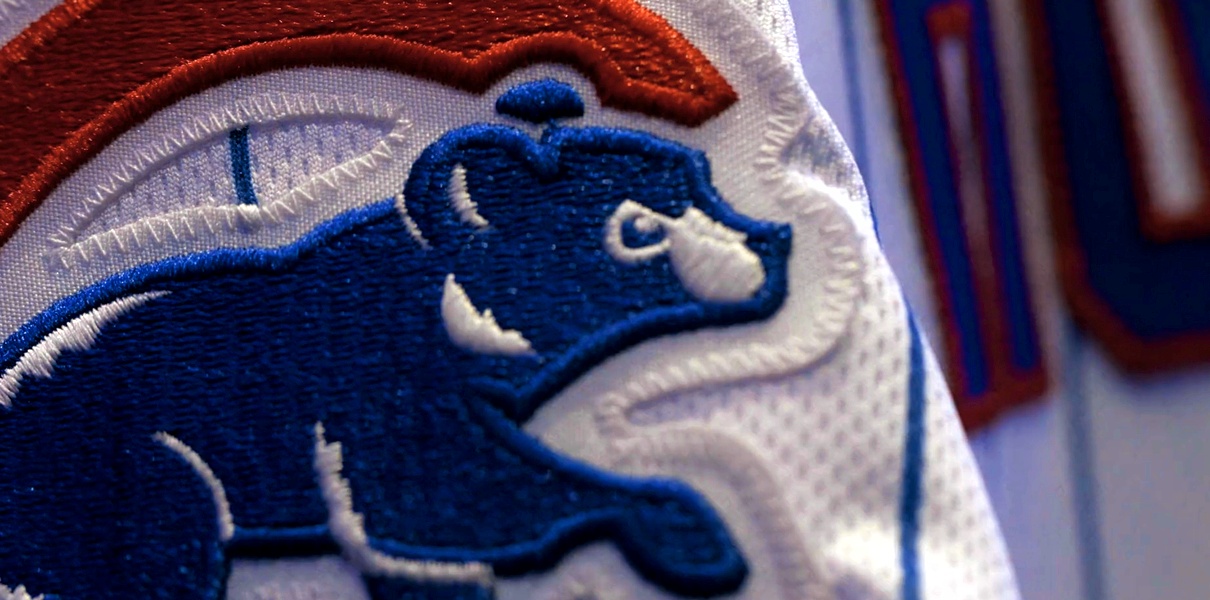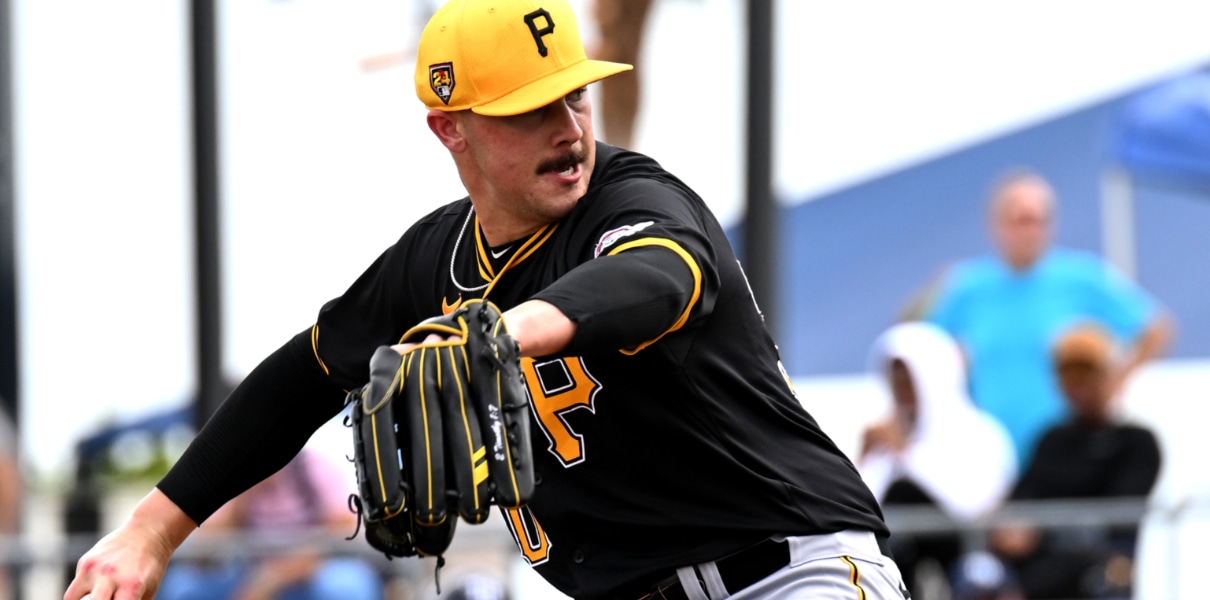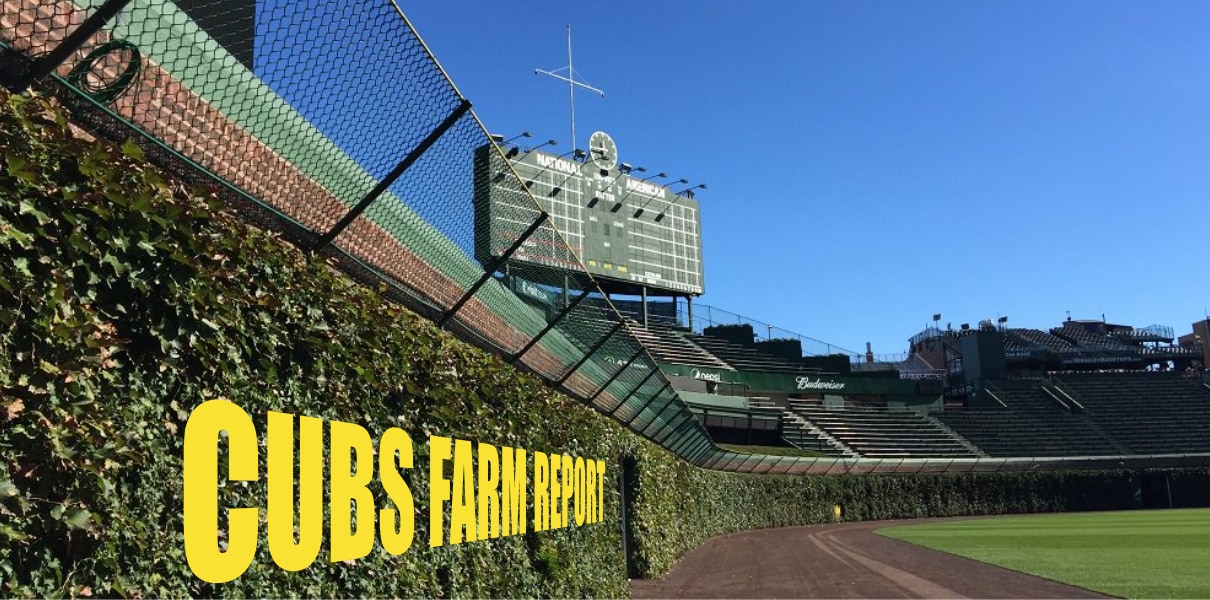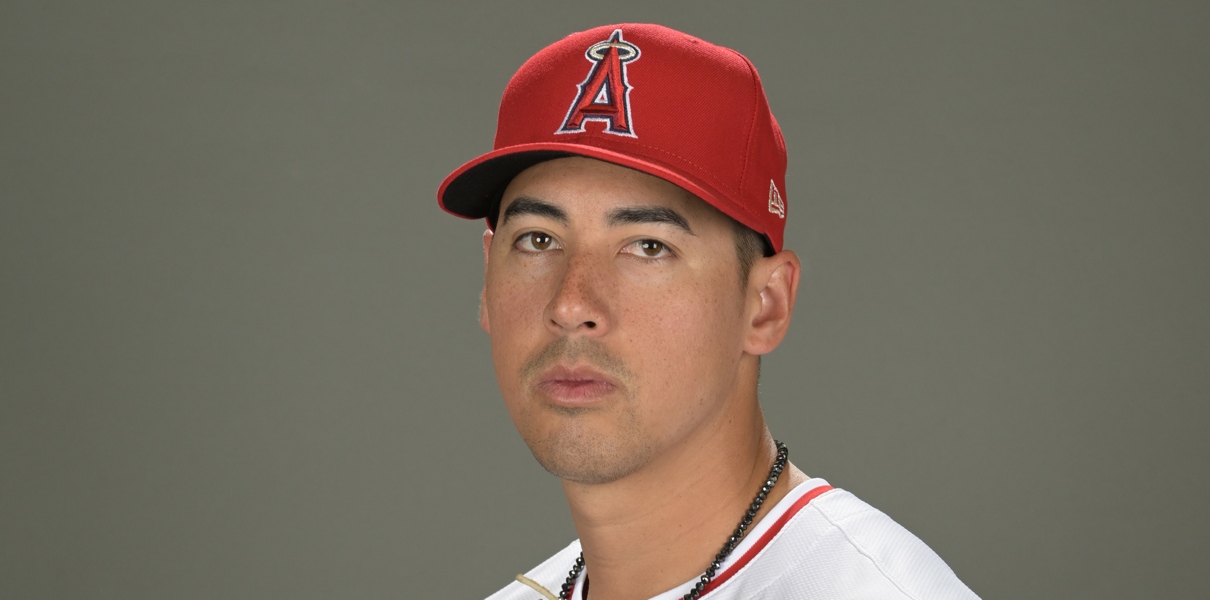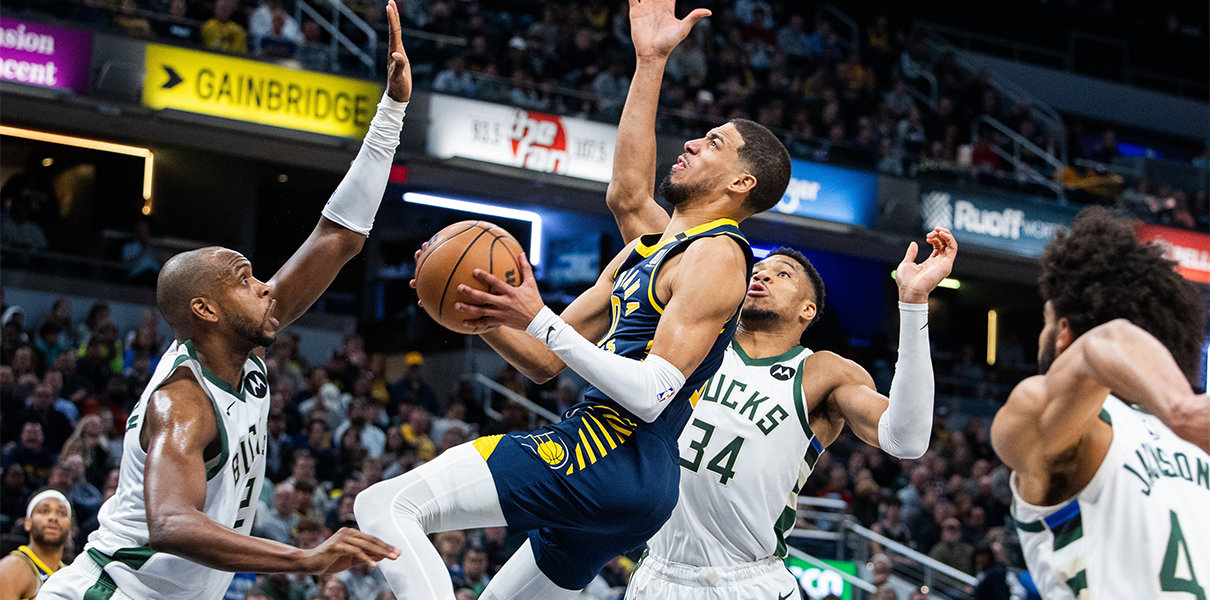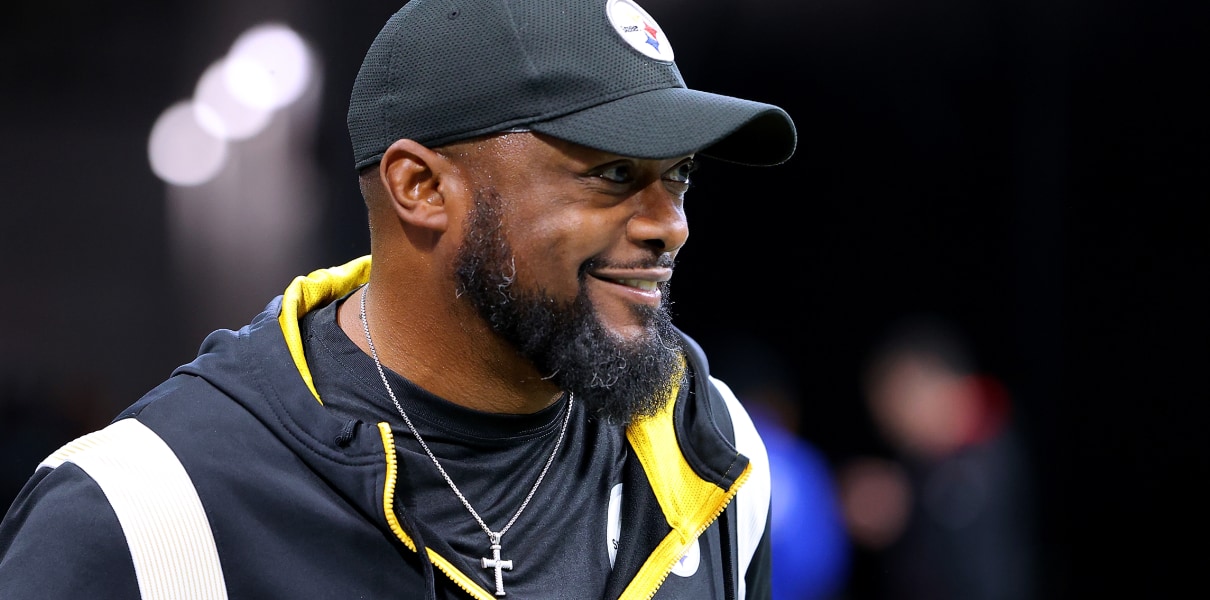Wilson. Wilson. Wilson. There’s one “L” in Wilson.
I’m probably going to make 1,000 typos over the next year-and-a-half, now that the Cubs have added southpaw reliever Justin Wilson to the roster (alongside Willson Contreras … with two “Ls”). But here’s to hoping that number shrinks down to about 500 by next season.
In any case, the Cubs have traded for Tigers’ closer Justin Wilson (and others) the day before the Trade Deadline, and you can see the details of that deal and what we thought about it in general right here.
But, as usual, this post will be reserved for taking a closer look at one of the newest members of the Chicago Cubs, what he has done, what he might do, and anything else that pops up along the way. Let’s do it.
Wilson, 29, was drafted with the second overall pick in the fifth round of the 2008 June Amateur Draft by the Pittsburgh Pirates. Brought up as a starter, Wilson worked his way through the Pirates’ system before converting into a reliever upon his Major League debut in 2012. After working out of the Pirates bullpen for all of 2013 and 2014 (successfully, I might add, but we’ll get to that in a bit), Wilson was traded to the Yankees in the Francisco Cervelli deal. He pitched in front of Dellin Betances and Andrew Miller while he was in the Bronx, once again, with a great deal of success.
Before the 2016 season, Wilson was traded to the Tigers, and it’s there he remained, until Sunday, when he was acquired by the Chicago Cubs. Wilson is making $2.7 million this season (the Cubs will owe less than half of that), and is eligible for a third and final trip through arbitration next year. After that, he’ll be a free agent in a busy 2018-2019 market.
Okay. Performance time.
Wilson made just eight appearances (4.2 IP) in his debut 2012 season with the Pirates, so we’ll take a look at his stats starting in 2013, when he was first, a full-timer.
In his first full season as a reliever, Wilson tossed 73.2 innings while earning a 2.08 ERA. However, his peripherals were a good-bit worse (3.41 FIP, 3.68 xFIP), due to a low 20.0 K% and high 9.5 BB%. And without even digging too deeply, I can tell you that much of the difference between the results and peripherals can be explained by an unusually high strand rate and unusually low BABIP, but there’s more to it than that.
While it looks like Wilson was getting lucky that year, he was also getting a TON of soft contact and almost no hard contact. In fact, his 25.9% soft-contact rate was third highest among all MLB relievers while his 18.1% hard-contact rate was the lowest. Needless to say, that explains the .229 BABIP, .189 average against, and, frankly, the 2.08 ERA. (As Kyle Hendricks displayed last season, great contact management can be HUGE in terms of actual versus expected performance).
Over the next few seasons (2014-2016), Wilson’s strike rate improved as did his walk rate, but the contact control came back down to earth a bit, as well. Even still, he remained one of the better (though definitely not elite) relievers in the game. For reference, among relievers with at least 200 innings pitched from 2013-2016, Wilson’s 3.23 FIP ranks 30th in all of baseball.
But let’s fast-forward to this season.

Wilson’s strikeout rate has absolutely exploded to a career-best 35.0% in 2017. That is a just-below-elite strikeout rate, and is the 16th highest mark in baseball this year (it’s also second-best on the Cubs, behind Carl Edwards Jr. (37.1%)). His walk rate, however, has also ballooned from a solid 6.8% last season to 10.2% here in 2017. Ultimately, though, the walk rate, when paired with that K-rate, is manageable.
He’s also getting more soft contact than most this season (23.3% – 37th in MLB) which is fantastic, but he has given up a lot of hard-contact, as well (31.4%). In any case, the results have still been there (2.68 ERA), while the peripherals are slightly higher, but still impressive (3.22 FIP, 3.47 xFIP).
I don’t want to mislead you, though. There’s still things to worry about. For example, the fact that, once again, Wilson’s strand rate is elevated (though not quite as high as his rookie season), while his BABIP has taken another nose-dive (.210). Although, both can be partially explained away by the unusually high strikeout rate (keeps the strand rate elevated) and WAY too low ground ball rate (more balls in the air usually results in a lower BABIP).
The former is a good thing, of course, but the latter can make you nervous, given what we know about fly balls and their correlation with productivity. If he can keep the soft-contact up, however, a lot of those risks might be mitigated.
One thing I’ve avoided mentioning until this point, is that Wilson is a left-hander, but that wasn’t a mistake. Although he is indeed a southpaw, Wilson’s been a reverse split guy for his entire career, including this season.
L/R Splits: Career
Lefties: .293 wOBA
Righties: .270 wOBA
L/R Splits: 2017 Season
Lefties: .270 wOBA
Righties: .237 wOBA
And, as you can see, the splits have been even more pronounced recently, so, for all intents and purposes, you can think of Wilson as a standard, full-inning, back-end type reliever … and the Cubs got him for 1.5 seasons.
According to the projections, Wilson’s got about another 20-21.0 innings left in him this year, with something between 0.2-0.4 more WAR left to produce. Of course, the real value he’ll bring to the Cubs is dominance in a new post-season landscape that is highly dependent upon relievers.
Given the Cubs needs, the available arms, their remaining stockpile of prospects, Wilson’s past success and remaining control, I don’t think you could’ve expected to be much happier at the deadline. While someone like Zach Britton offers more upside, he probably comes with greater risk (injuries this year) and certainly comes at a greater cost.
The Cubs front office did well to add Wilson, and he’ll immediately join the very back end of the Cubs bullpen, setting up games for closer Wade Davis (and possibly even closing them out when he’s not available this and next year).




